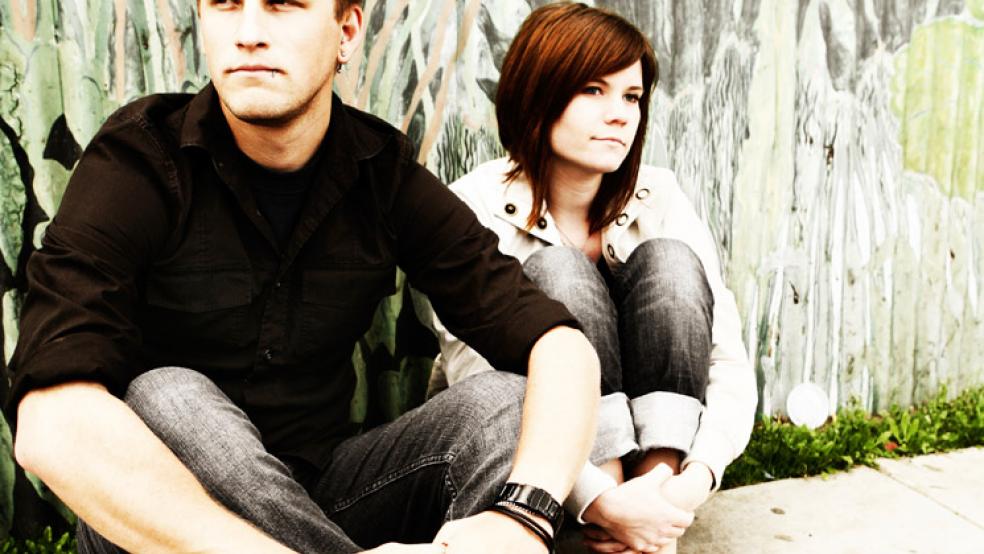If you had a new product to sell, and needed almost 70 percent of the universe of potential consumers to buy your product in order to be successful, would your investors want to know what you were smoking? Turns out, that’s the marketing plan of the President’s Affordable Care Act, otherwise known as Obamacare.
Related: Obamacare’s $95 Bet on Millennials Buying Insurance
- Emily Wright, a 28-year-old from Johnson City, Tenn., signed up for Obamacare one day after the faulty on-line exchange went live last month and is delighted with her decision. While she would like to think of herself as a “young invincible,” in fact she has asthma and may require pelvic surgery.
- In contrast, a far more robust Shea Syverson, 26, of Fargo, N.D., decided he can’t afford insurance coverage on his cook’s salary and that it would be a lot cheaper to pay a penalty than to sign on.
- Jonathan Smarjesse, 29, of Springfield, Ill. who spends his spare time hiking, surfing and cycling, is undecided about whether to sign up.
 Asked if the uproar over the slew of technical problems besetting the HealthCare.gov website would be a factor in his decision, Smarjesse is dismissive: “That stuff doesn’t influence any of my decisions. It’s all math.”
Asked if the uproar over the slew of technical problems besetting the HealthCare.gov website would be a factor in his decision, Smarjesse is dismissive: “That stuff doesn’t influence any of my decisions. It’s all math.”
The Obama administration must convince 2.7 million millennials like Wright, Syverson and Smarjesse to buy health insurance, or the new government exchanges could be a financial bust.
Since the Obamacare website had its technically nightmarish launch Oct. 1, insurers report that insurance buyers have been much older than expected, according to the Wall Street Journal. Without the right mix of young, healthy Americans and older, more infirmed people in the risk pool, insurers could suffer steep losses during the first full year of operation in 2014.
If that trend continues, the older, more expensive set of customers who are flocking to the website or contacting regional call centers in pursuit of subsidized coverage could drive up premiums for everyone.
“This was always a dicey situation and now it’s even dicier” for the Obama administration, said Bill Hoagland, a former vice president of giant Cigna Health Insurance, who suspects the administration will fall far short of its goals this year.
“I think the jury is still out,” he added, but the long term picture could be bleak unless signups by younger, healthier Americans picks up substantially.
Related: Will Millennials Opt Out Of Obamacare At Work?
Because these younger Americans are usually healthy and rarely rack up huge medical bills, their monthly premiums would make it cheaper for the exchanges to affordably insure 4.3 million other Americans. If you exclude millennials with children—who would likely face stiff medical bills—and those who can stay on their parents’ coverage, the number of “eligible” young adults for the exchanges drops to 4 million, according to research by McIntyre and Josh Fangmeier, a consultant for the Center for Healthcare Research & Transformation in Ann Arbor, MI.
A target group as low as 4 million means the Obama administration must convince 67.5 percent of them to buy insurance from an exchange.
Health and Human Services Secretary Kathleen Sebelius warned that the numbers to be released next week on the number of Americans who logged on to the website and enrolled for insurance will be “low” because of the technical problems. And insurance companies throughout the country are having far more difficulty recruiting millenials than older Americans, according to the Wall Street Journal.
One reason is that older Americans are more patient and willing to spend hours on the website or contacting call centers than younger Americans.
Related: Why Millennials Are Obamacare’s Last Hope
“Obviously, the exchange problems are the first gigantic barrier,” said Joseph Antos, a health care expert with the American Enterprise Institute. “And even though young people are far more adept at computer based applications, if the application doesn’t work, that doesn’t matter.”
Moreover, many in their late 20s and early 30s are struggling to find work and have concluded that paying their rent or eating out is more important now than buying insurance.
Finally, many are unfazed by having to pay a tax penalty to the government if they don’t sign up. The first-year penalty would be only $95 or 1 percent of household income. It’s also unclear whether the Internal Revenue Service would ever get around to assessing the penalties. The earliest the IRS could begin identifying scofflaws is the summer of 2015, after all the 2014 tax returns are processed.
“You have to be able to check who didn’t get insurance, which of course is a non-event, so there’s no documentation,” Antos said. “In other words, it is practically impossible [for the IRS] to identify those who didn’t buy insurance unless people want to volunteer. But only an idiot would volunteer that he owes you some money – and young people aren’t that stupid.”
Top Reads from The Fiscal Times:






